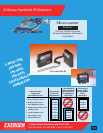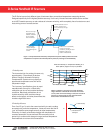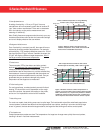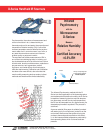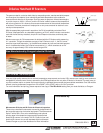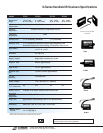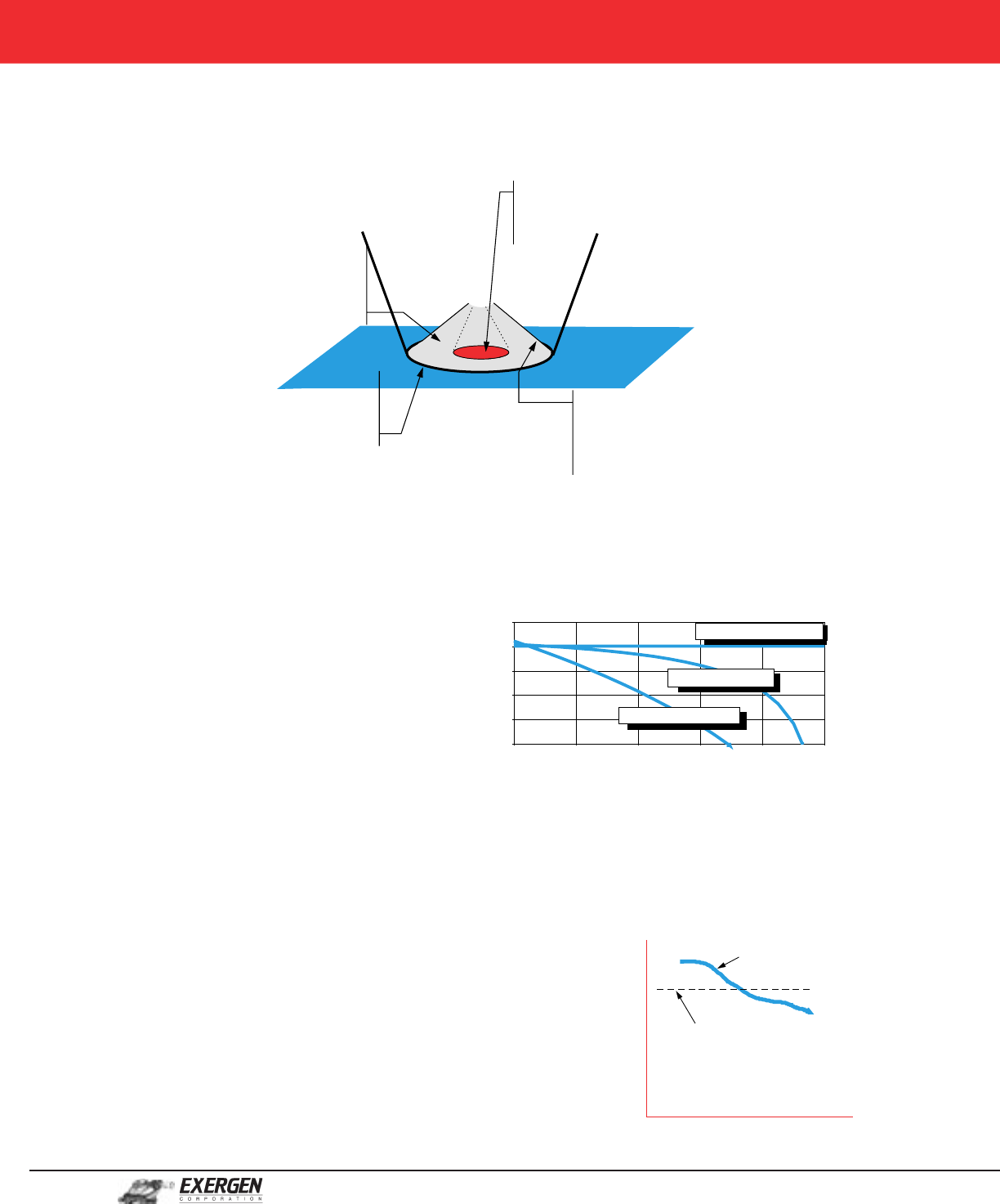
51 Water Street, Watertown, MA 02172 USA
800-422-3006 • 617-923-9900 • Fax 617-923-9911
Effect of Emissivity on Temperature Reading for a
500°F (260°C) Target in 70°F (21°C) ambient
Emissivity
deg F
300
350
400
450
500
550
00.20.40.60.81
D-Series using marker
D-Series w/o marker
Non-metals and Oxides
Clean Metals
290
200
150
deg C
Conventional Infrared
D-Series Handheld IR Scanners
Recessed cone traps
all emitted surface
radiation, and blocks
out any radiation
from environment.
Actual measurement area is in
the center, well away from
the area contacted by the edge
of the cone.
Only a thin lip of
material actually
contacts the target,
thus minimizing heat
transfer.
Reflective cone automatically
corrects for emissivity
variations by creating an actual
blackbody at the precise
location of measurement.
The D-Series is an entirely different type of instrument than conventional temperature measuring devices.
Designed specifically for the highest possible accuracy, it is the only infrared instrument which can be certified
as to NIST-tracable accuracy on real surfaces of unknown emissivity, while completely free of contact errors and
heat sinking errors of contact devices.
Figure 1. Unique Automatic Emissivity Compensation System (AECS) produces accurate
temperatures everywhere the infrared probe is placed, by creating its own blackbody.
Figure 2. D-Series is accurate over a wide emissivity
range, sufficient to include all non-metals. If a marker
(or any other non-metal coating) is used, the D-series is
accurate on clean metals as well. Conventional IR
devices have considerable inaccuracy.
ε
Temperature
Actual emissivity
Conventional IR
assumption
1. Emissivity errors
The true emissivity of a surface is known only
approximately. Conventional IR devices
without Exergen’s Automatic Emissivity
Compensation System can only display an
approximate temperature over their entire
temperature range.
The “accuracy” specifications given by most
manufacturers are only for a “black body”
calibration and do not hold outside laboratory
conditions. Black body calibrations do not
include emissivity shifts, ambient change
effects on the target, and other phenomena that
introduce significant errors.
2. Emissivity shift errors
Even if an IR “gun” is set to the correct emissivity to read a surface
accurately at a particular temperature, it does not mean that the IR
“gun” will read the same target correctly at other temperatures.
Emissivity of virtually all surfaces changes with temperature. A
common assumption for conventional IR thermometry is that
emissivity is constant with changes in target surface temperature.
Real materials do not have this characteristic.



